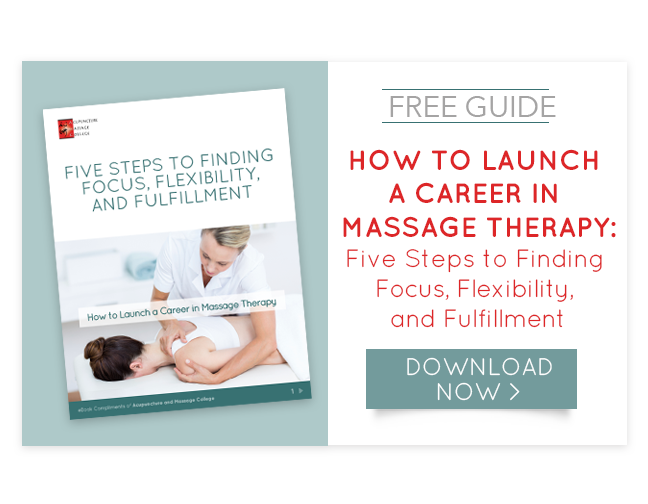Recently, we did an extensive post on the History of Massage Therapy. In it, we mentioned some of the famous Western massage modalities that you may already be familiar with, such as Deep Tissue and Swedish massage. As an Oriental Medicine college, our articles tend to focus on Traditional Chinese Medicine (TCM) and it's related healing modalities, such as Shiatsu Massage.
However, our Massage Therapy program extensively covers many Western massage modalities and as such, we wanted to do a follow up to the history article that shows the significance of Western modalities.
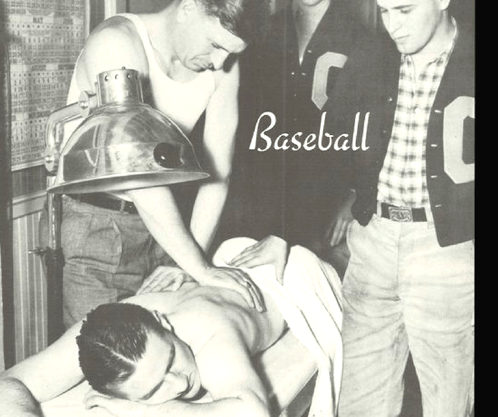
1950's Baseball Sports Massage
While Eastern massage modalities are based on TCM meridian theory, Western massage is primarily concerned with the muscles. For example, Deep Tissue Massage uses involves circular movements, kneading, and gliding as a way to promote healing and physical relaxation.
Let’s look at some of the different Western Massage modalities.
Western Massage Modalities
Unlike the vast history of Eastern massage, there is not quite as much specific history with Western massages. While the ancient Egyptians, Greeks, and Romans practiced massage, there was not a unified system for practicing massage until around the 1800s, which is when Swedish Massage was standardized.
Swedish Massage: The most significant contributor to Western massage therapy was the Johann Georg Mezger. Mezger is credited with being the "father of modern massage therapy" and with inventing with we now know as Swedish Massage. His system is largely based on the calisthenics techniques of Swedish Gymnastic Movement System. However, rather than doing a particular movement for exercise, Mezger found that they could be modified and applied to the body in the form of a
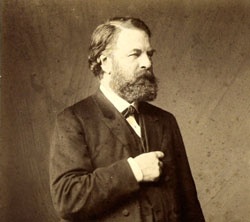 Swedish Massage focuses on long strokes of the hands, elbows, and fingers of the therapist to achieve certain benefits. These benefits include improved blood circulation, improved relaxation, as well as stress relief throughout the entire body.
Swedish Massage focuses on long strokes of the hands, elbows, and fingers of the therapist to achieve certain benefits. These benefits include improved blood circulation, improved relaxation, as well as stress relief throughout the entire body.
Myofascial Release Massage: Myofascial release has been the main attraction for athletes and fitness buffs for the past decade or two. This massage technique first involves touching and searching the musculature for fascia issues. The therapist then applies some pressure to the hardened muscle area and applies a gentle movement technique to help “release” the fascia from this pain. This method offers quite a bit of
Bindegeweb Massage: The Bindegeweb massage is a
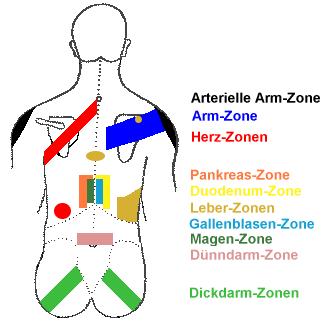 Deep Tissue Massage: Deep tissue massage is the close relative of the Swedish massage and it involves the use deep pressure (deep in the body and not necessarily hard pressure). The use of deep tissue massage has long been used to provide the best functional outcomes for those who are physically active. This technique focuses on working muscular tissue, such that it provides a stretch of the outer fascia layer in the musculature.
Deep Tissue Massage: Deep tissue massage is the close relative of the Swedish massage and it involves the use deep pressure (deep in the body and not necessarily hard pressure). The use of deep tissue massage has long been used to provide the best functional outcomes for those who are physically active. This technique focuses on working muscular tissue, such that it provides a stretch of the outer fascia layer in the musculature.
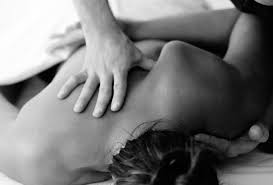
This helps to reduce many common ailments including lower back pain, inflammatory conditions, bad posture, as well as boosting athletic performance.
Lymph Massage: The lymphatic drainage massage is a very practical massage technique. For those who suffer from congestive heart failure and other lymphatic conditions, fluid can build up throughout the limbs of the body, which is known as edema. Lymphedema is the most common form of this and the lymph drainage massage can help to improve circulation in the edematous areas of the body. This technique is rather simple in form, as it involves applying 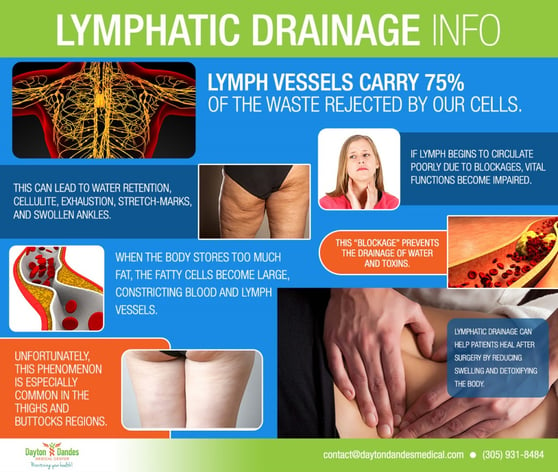
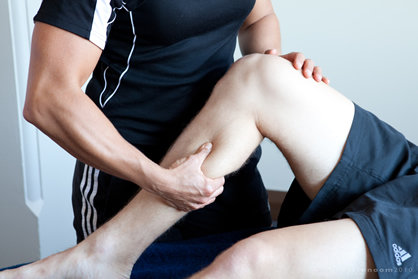 If anything, the pre-event sports massage can help to boost mental focus and get the athlete ready for competition. The post-event sports massage is geared mostly at improving the recovery process of the athlete. This is vital in competitive sports and it can certainly help to boost the recovery time for sore bodies.
If anything, the pre-event sports massage can help to boost mental focus and get the athlete ready for competition. The post-event sports massage is geared mostly at improving the recovery process of the athlete. This is vital in competitive sports and it can certainly help to boost the recovery time for sore bodies.As you can see, Western massage modalities have many benefits to offer. Luckily, we don't limit ourselves to teaching only one style of massage but choose from many different modalities to ensure that our graduates can treat patients in various manners. To learn more about Massage Therapy Program, visit our program page or download the free career guide below. Acupuncture and Massage College is located in Miami, Florida.
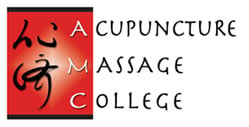
 (305) 595-9500
(305) 595-9500



